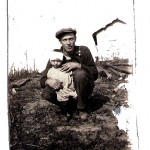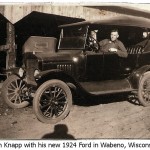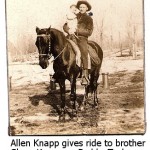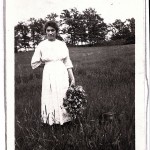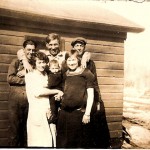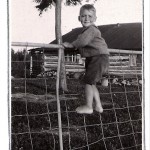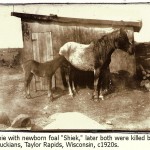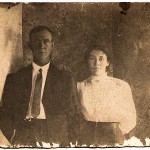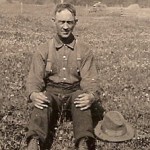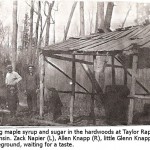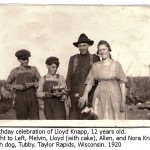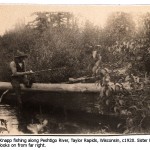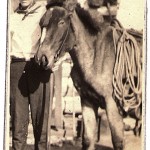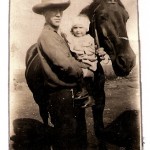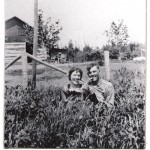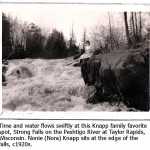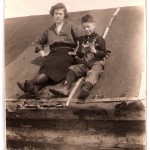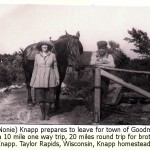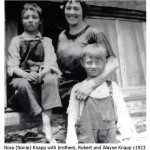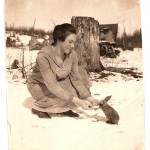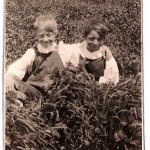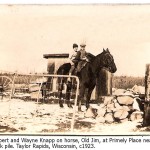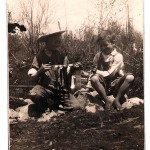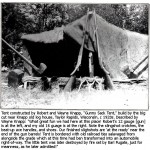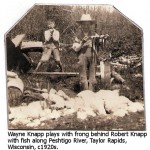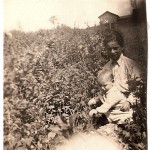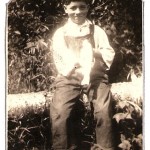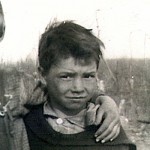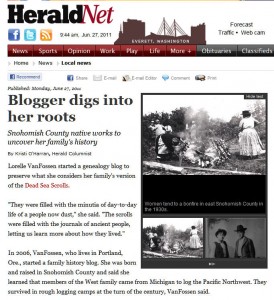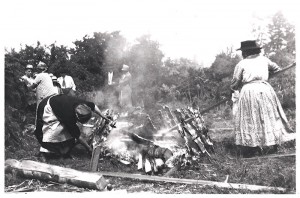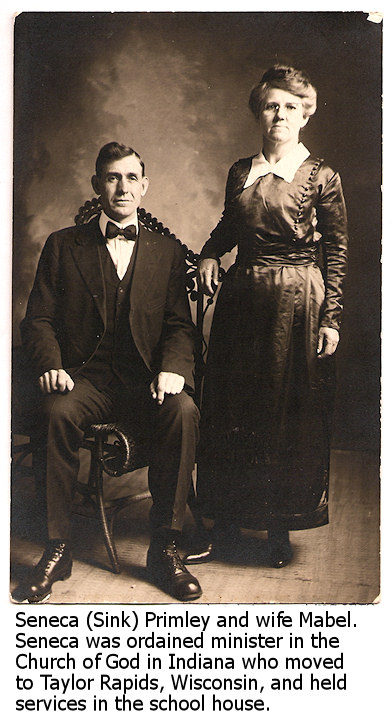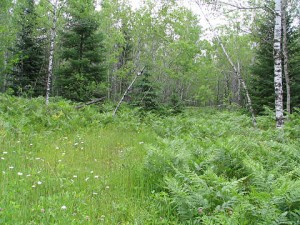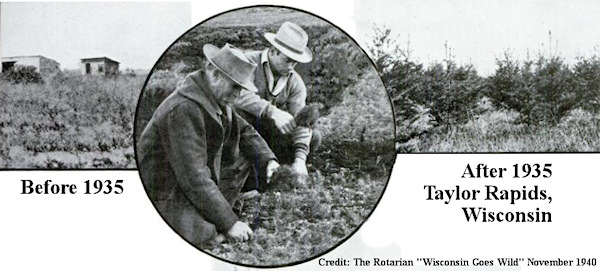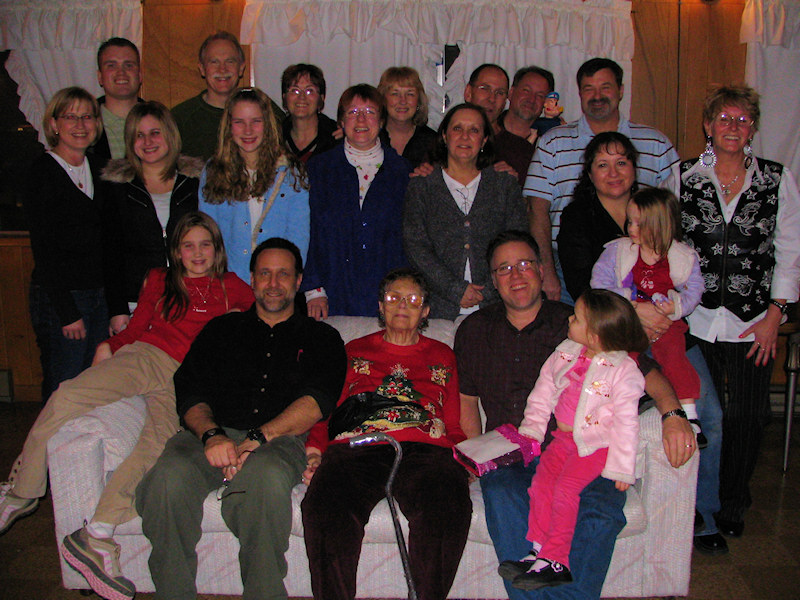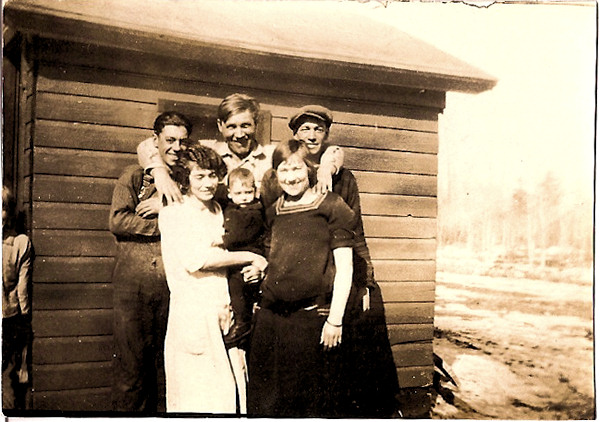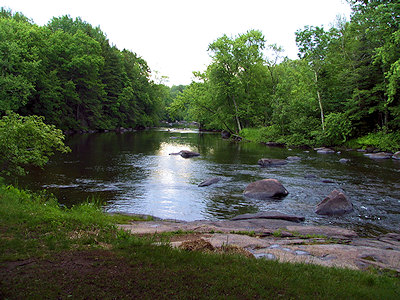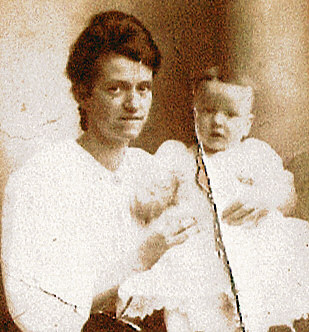In a time when all online businesses are looking at how to turn their sites into profits, genealogy sites are reporting online business models that are turning our passion for family history into big money.
Investors.com reported recently on Ancestry.com (ACOM) and their sales growth and status.
In the past quarter, earnings left 125%. Ancestry is outperforming other stocks in the market by 96%, delighting investors, even though its current rating isn’t very high and a sell off has been happening. Still, analytics are predicting a 51% increase by the end of the year or more. Experts report Ancestry has a market cap of USD $2 billion.
Business Insider recently highlighted MyHeritage, a Tel Aviv based company whose aggressive marketing family history model is taking on Ancestry.
According to that article and another by AllThingsD, “MyHeritage may have cracked the code on social payments.”
These sites make money from advertising and premium subscriptions to “advanced” features. MyHeritage gained attention recently for using social media and networking to encourage family members to subscribe in their new “Family Goal” marketing strategy.
By encouraging family members to “share the costs” in MyHeritage, members feel like they are getting a better deal.
Its new “Family Goals” will allow families to encourage each other to chip in to pay together for those subscriptions.
In testing earlier this year, these MyHeritage group plans were split among an average of three family members, and anecdotally families said that by spreading around the commitment to pay for the site, they felt more invested in it.
Combined with personal emails as part of their marketing campaign, it appears that the campaign is creating a sense of loyalty and easily increasing profits for the 57 million registered users service.
While these business sites are more fascinated with the social networking aspect of their marketing campaign, it’s fascinating for family history researchers to consider the wisdom of participating in such services. Continue reading


